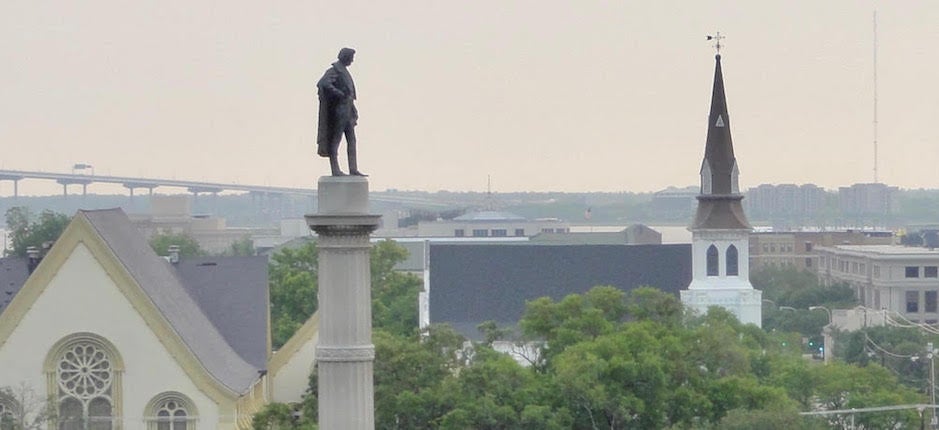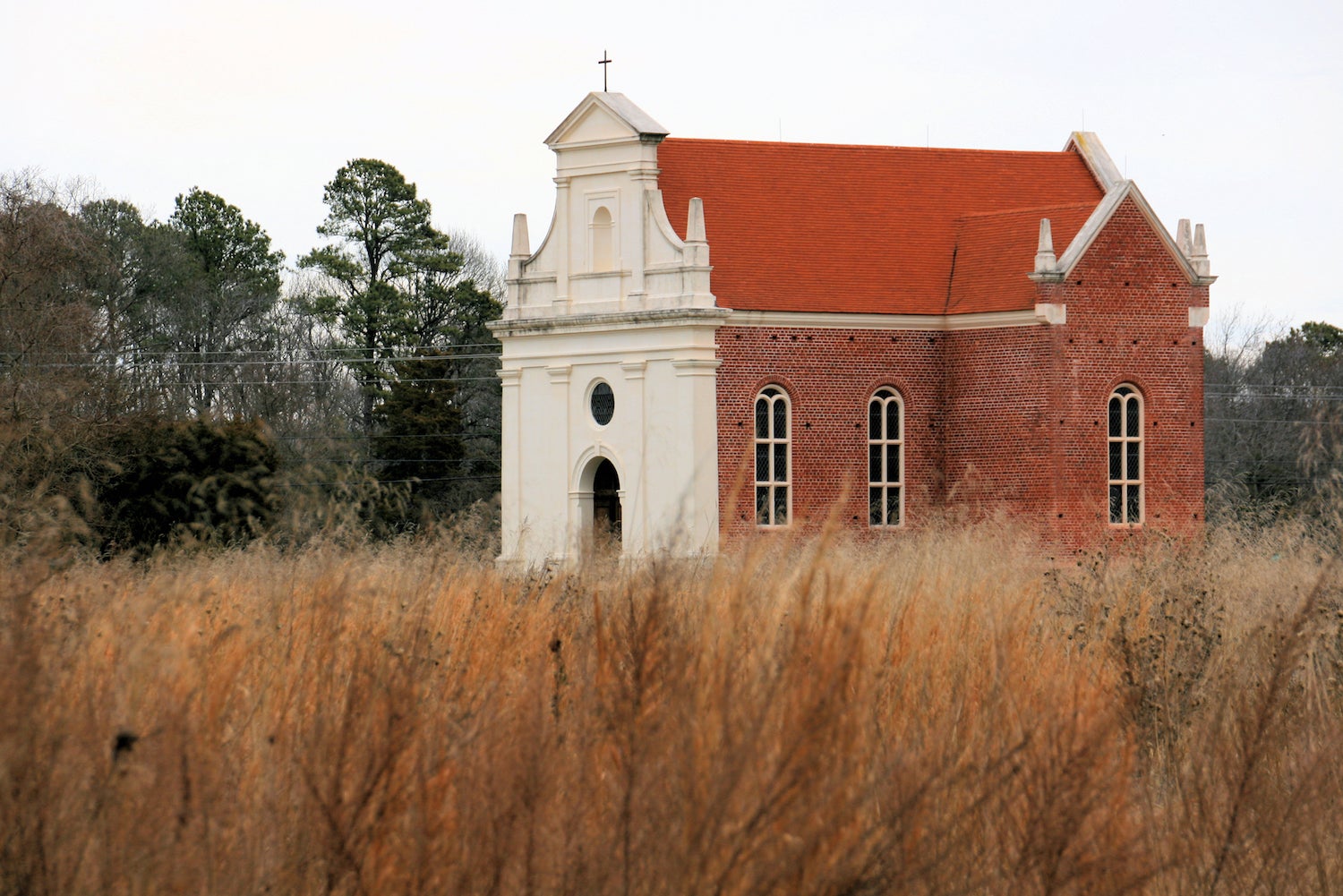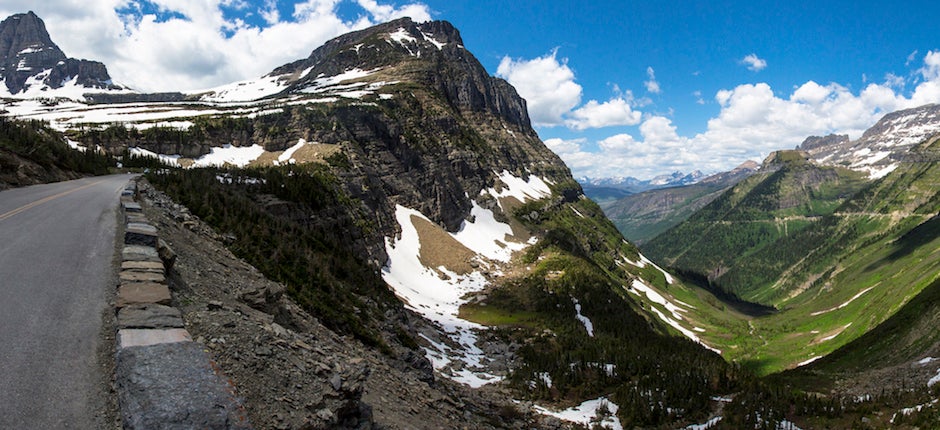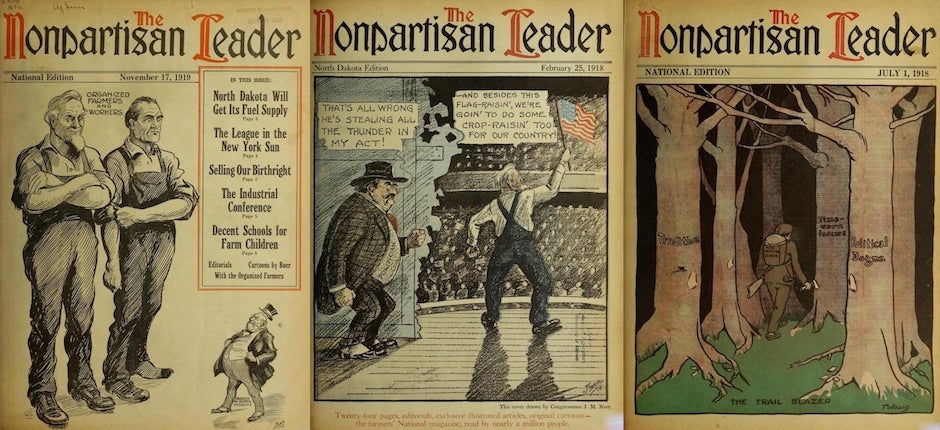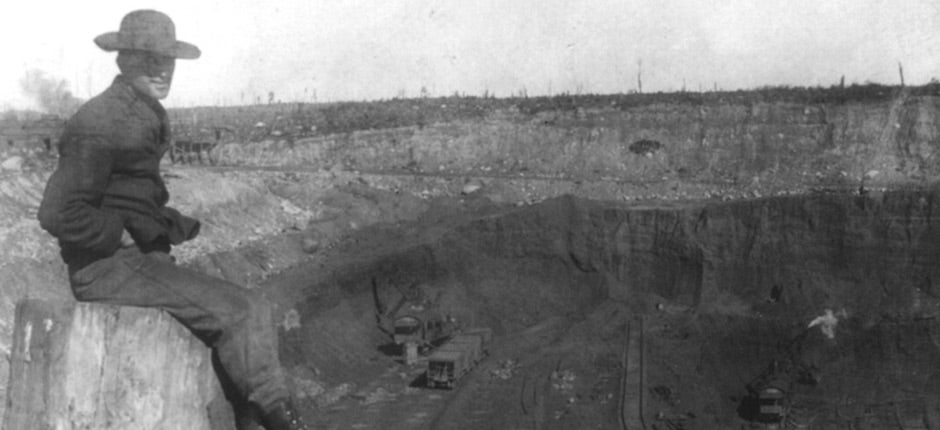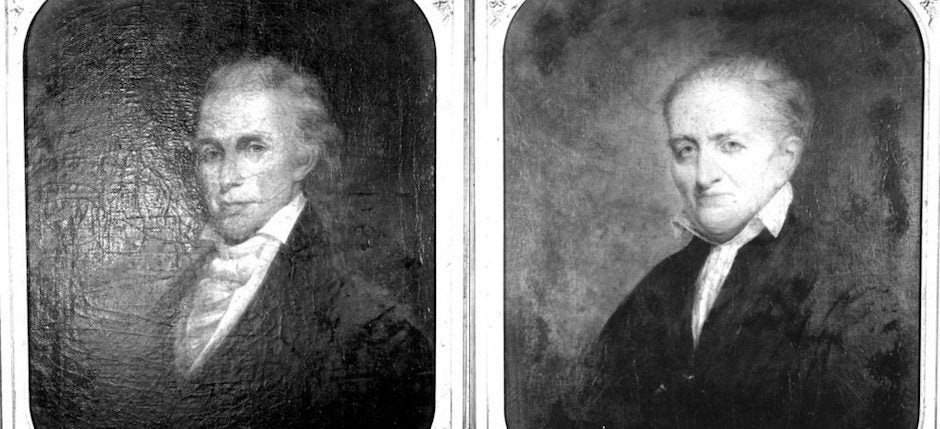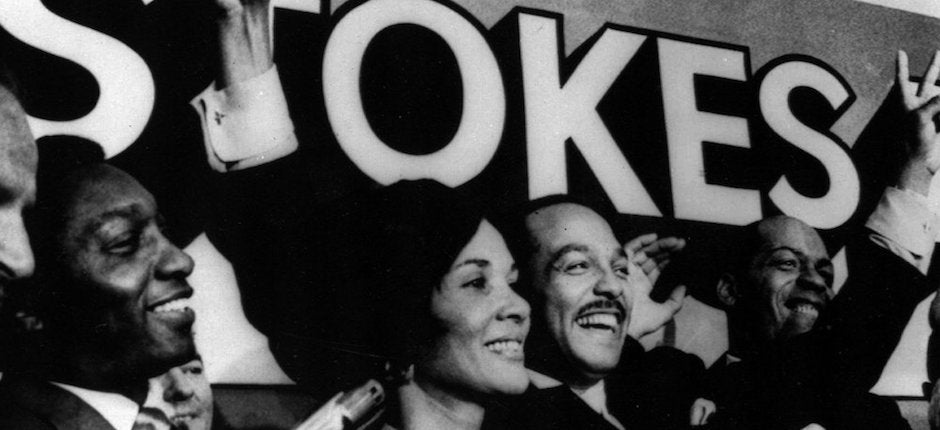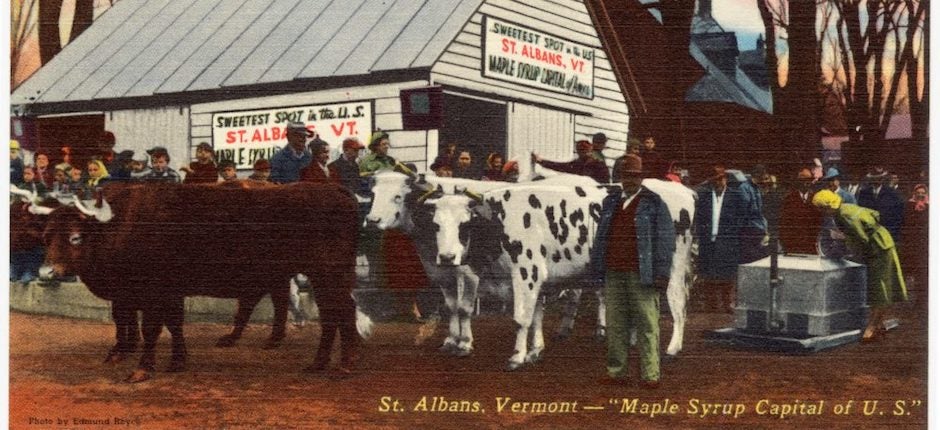The South Carolina Monument That Symbolizes Clashing Memories of Slavery
In Charleston, Blacks and Whites Have Viewed the Bronze Likeness of Racist Ideologue John C. Calhoun From Radically Different Angles
In the center of Charleston, South Carolina, in a verdant green space that plays host to farmers markets, festivals, and sunbathing undergraduates, stands a monument of John C. Calhoun, the antebellum South Carolina statesman who famously called Southern slavery “a positive good.” His bronze likeness rises over 100 feet in the air, squaring off against its symbolic rivals, including the copper-shingled steeple of Emanuel A.M.E. Church, where a white supremacist brutally gunned down nine African-American parishioners in 2015.
In one sense, …


